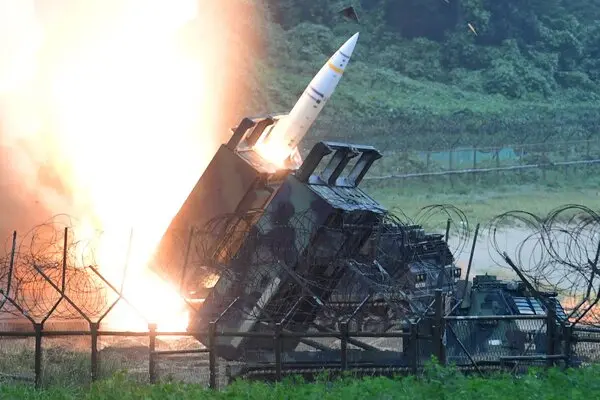
The U.S. has confirmed Russia’s launch of a new intermediate-range ballistic missile at Ukraine. Based on Russia’s RS-26 Rubezh intercontinental ballistic missile (ICBM), the missile could potentially carry nuclear or conventional warheads.
This missile test signals a significant escalation in the conflict and may prompt NATO to reconsider its European defense strategies.
The missile test is an escalation in the ongoing conflict and indicates a shift in Russia’s missile strategy.
It comes at a time when NATO is enhancing its missile defense capabilities in Europe, particularly with a new U.S. missile defense base in Poland aimed at intercepting intermediate-range missiles.

This launch follows recent Ukrainian strikes inside Russian territory using Western-made long-range weapons, including U.S. ATACMS and British Storm Shadow missiles.
Russia views these developments, along with NATO’s expanding missile defense presence, as a key factor in its decision to develop this new missile system, especially after the U.S. withdrawal from the 1987 INF Treaty.
The missile could influence NATO’s defense strategies in Europe, potentially accelerating decisions on air defense systems and missile capabilities, and further heightening tensions between Russia and the West.
ICBMs with ranges exceeding 5,500 kilometers, present a significant geopolitical challenge. Their ability to extend a conflict from a regional to a global scale allows nations to project their military power far beyond their borders.
This capability poses the risk of escalating localized disputes into worldwide crises by threatening the use of ICBMs.

ICBMs consist of three main components:

Once launched, an ICBM follows a trajectory divided into three distinct phases:

ICBM guidance systems function only during the boost phase and cannot be altered after launch. These systems include:
These sophisticated systems achieve accuracy within hundreds of feet, even over distances of 11,000 kilometers.
ICBM payloads generally consist of nuclear warheads, which remain inert until the onboard computer verifies the successful completion of all three flight phases. This safeguard ensures that warheads are armed only when the missile is on its final approach to the target.
ICBMs are not just a weapon of war but a symbol of strategic power. Their irreversibility after launch—coupled with their destructive potential—makes them a central consideration in global security discussions. Nations capable of deploying ICBMs hold not only a regional influence but the ability to affect international stability.